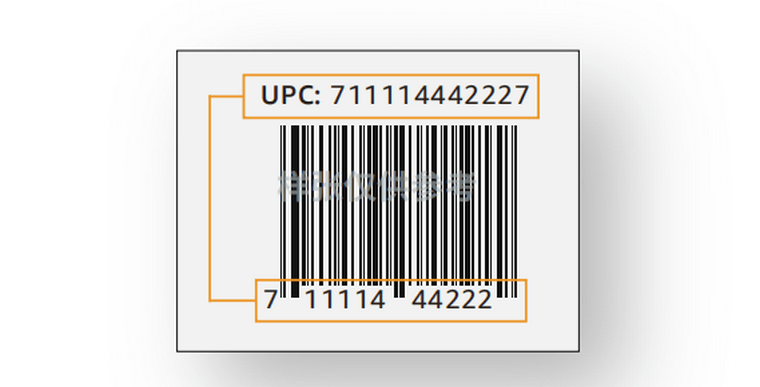Where to find the product code or how to get it

What is a Product/item code? Global Trade Item Numbers (GTINs), which are also called commodity numbers, are a unique set of codes that are used to identify goods. People also often call these codes “barcodes.” Every item that is sold must have its own number. If you sell shirts in three different sizes, each size […]

